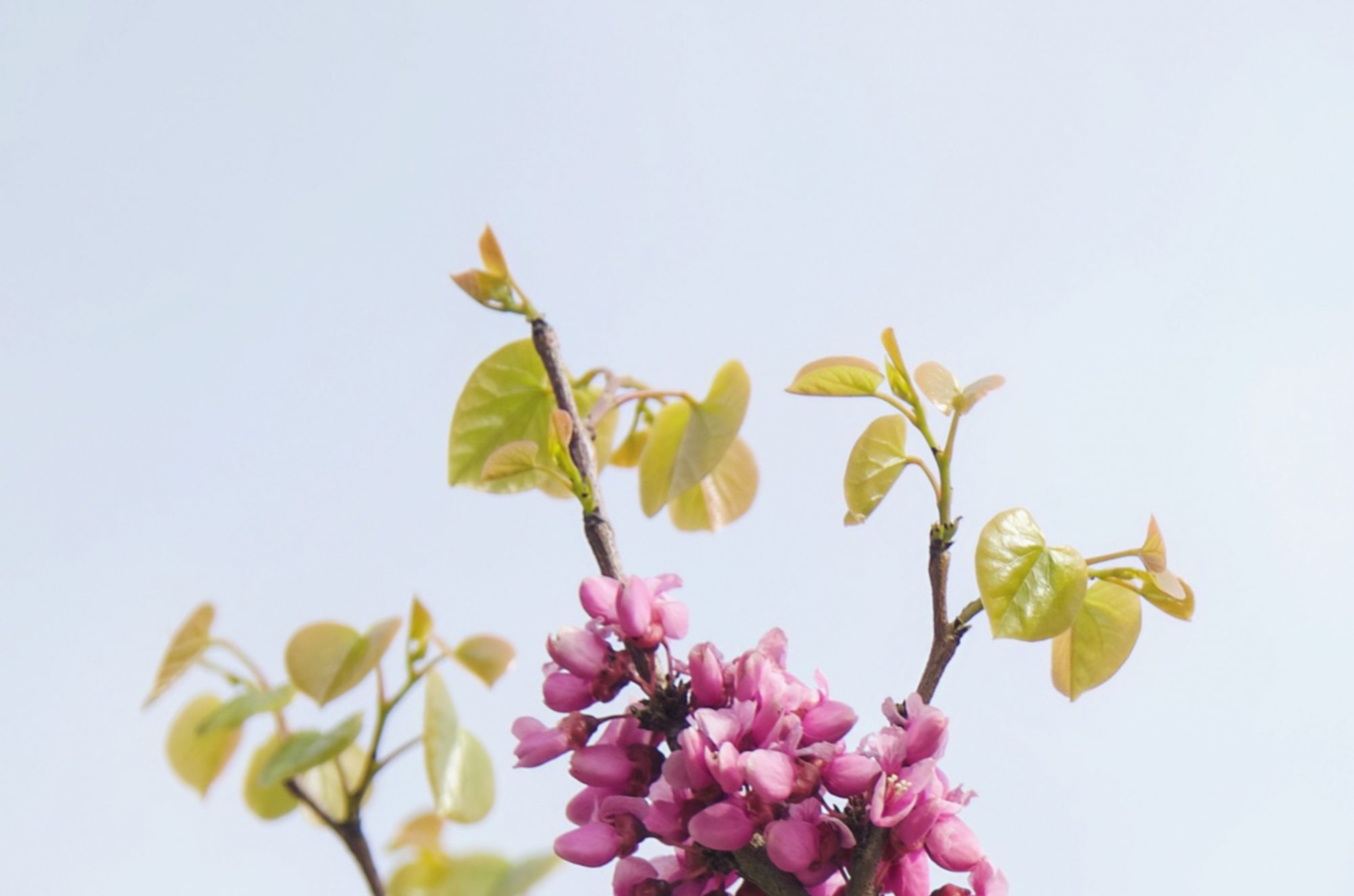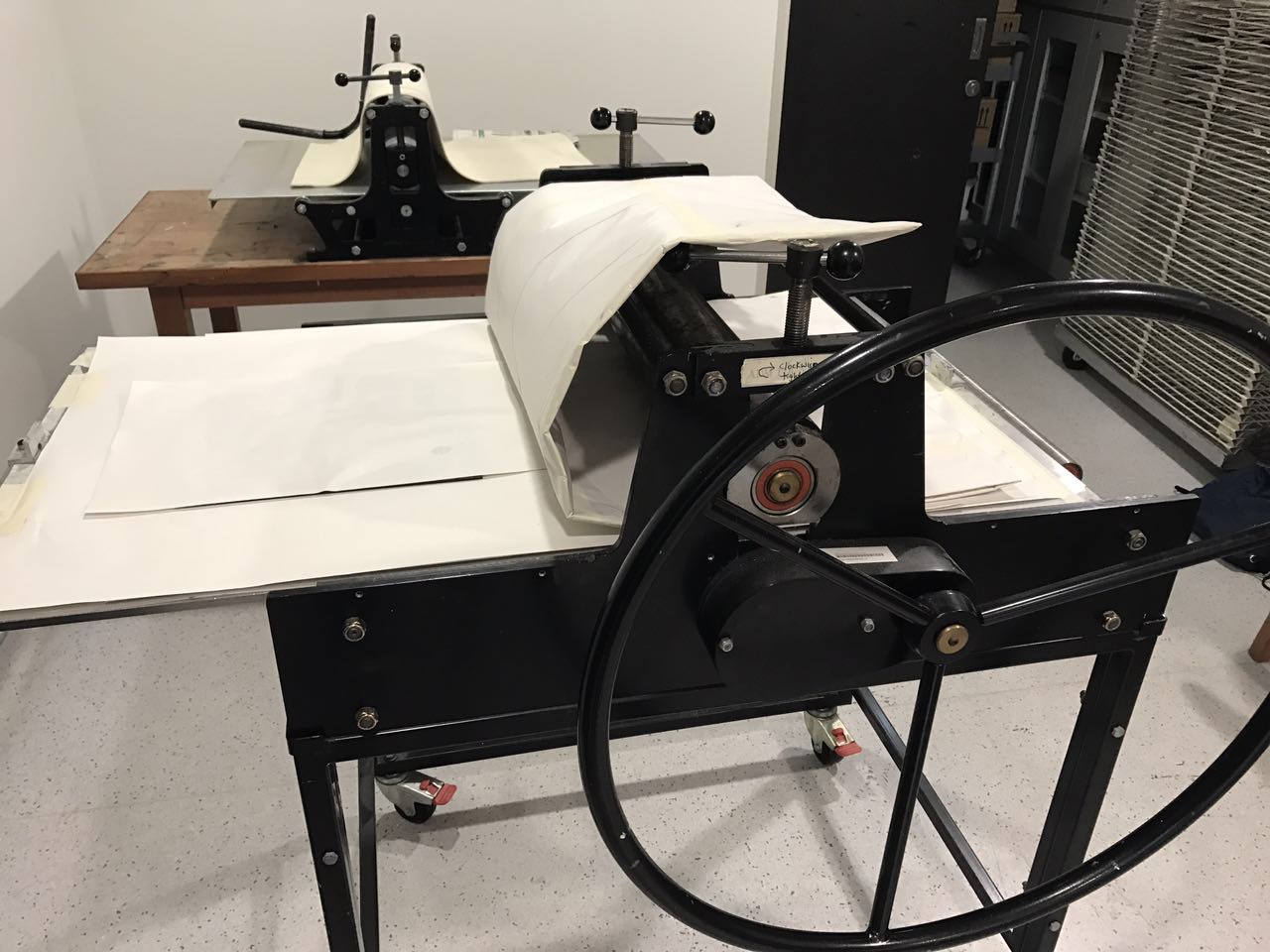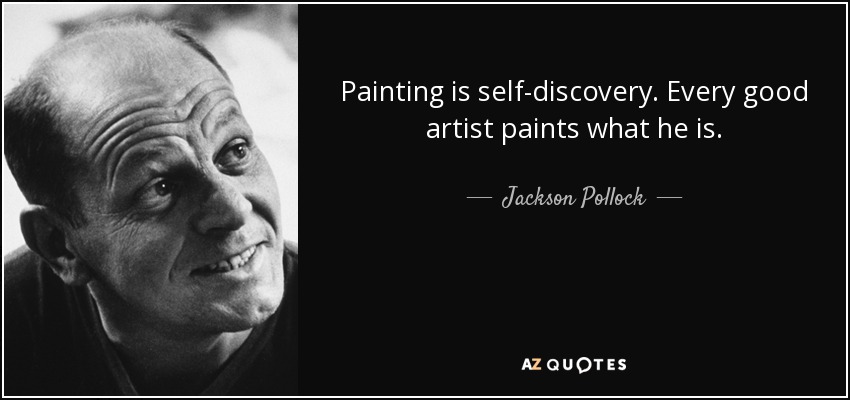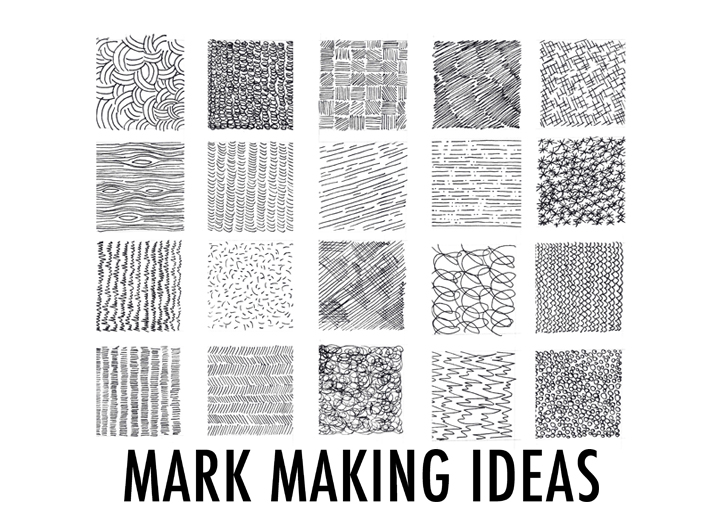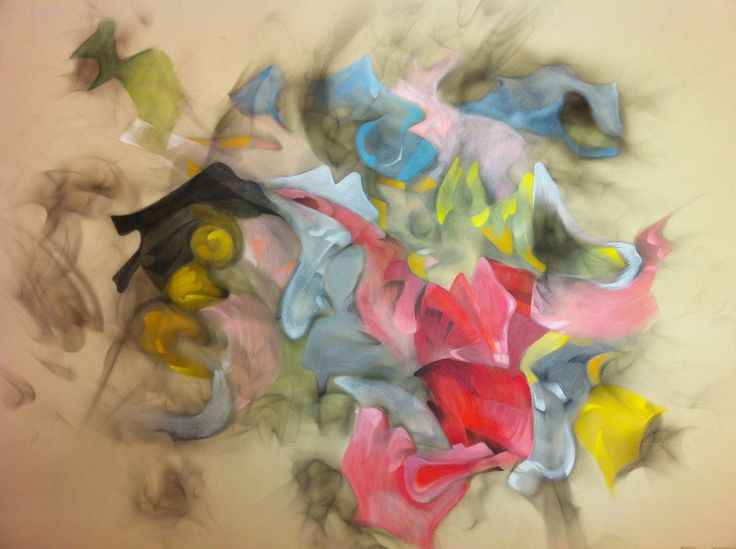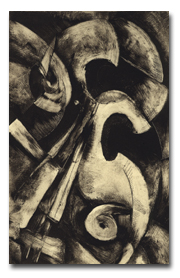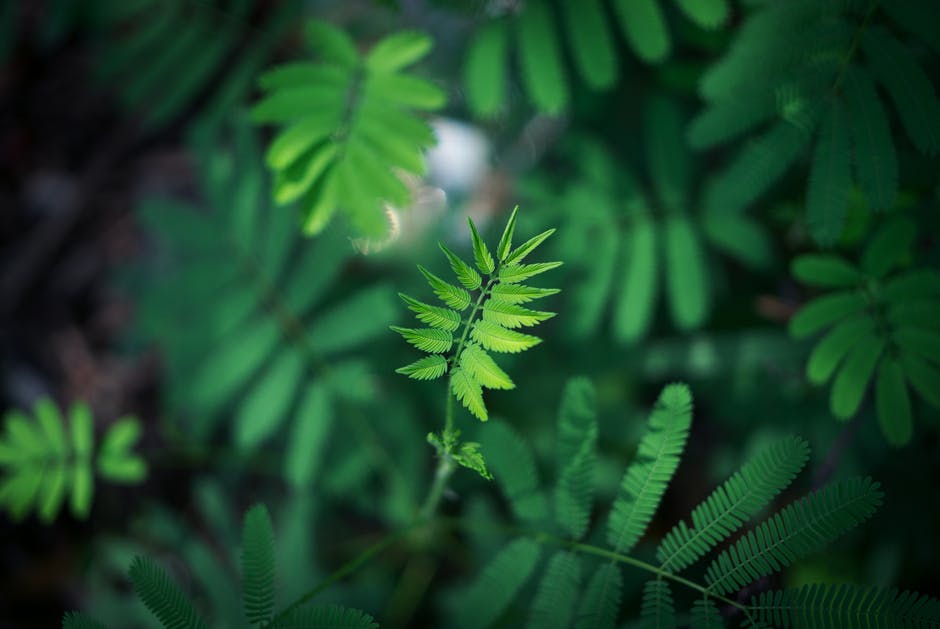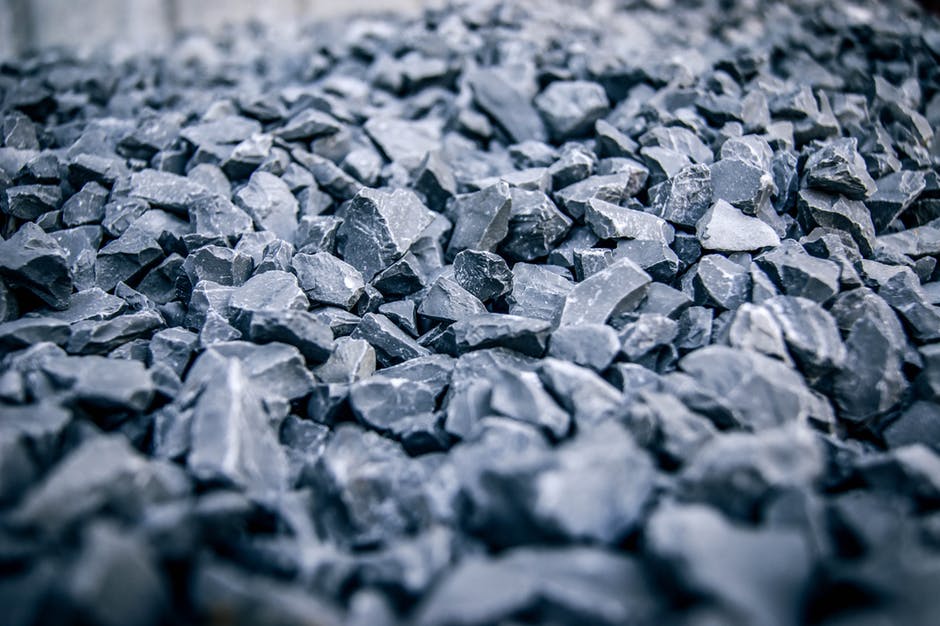Foundation 2D Project 1 process-Mark making experiment
For the second and third week F2D lessons, we experimented with different techniques and tools to do mark making on paper! It was a process of discovery and exploration.
Tools I used for the second week: Leaves/Rocks/Roller/Paint brush/Monoprint/Soapsuds
-Leaves
The first tool I experimented with was different kinds of leaves, which was the tool that I posted on week 1. At first, I coated a leaf with block printing ink and stamped it on the paper.
Then I tried experimenting automatic technique, I dipped leaves in Chinese calligraphy ink, dabbed and swirled them on the paper without conscious control, just allowed my hand to move randomly across the paper.
Experimented with the same tool but different techniques, I tried monoprint technique with leaves.
-Rocks
The second tool was rock. I tried different mark making ideas by playing around with a rock, such as zigzags, loops, and scribbles.
-Soapsuds
I also experimented with soapsuds mixed with Chinese ink.
-Paint brush
Moving on, I tried playing around with a paint brush. Compared with leaves, paint brush was definitely a tool that easier to use and control. I tried spinning it on the paper to express the emotion of “glee”.
-Roller
The last tool I used was a roller. After coated the roller with block printing ink, I tried stamping and rolling it on the paper.
I had a lot of fun during the first experiment exercise and really enjoyed it. I will try to explore and experiment more mark making ideas with different tools and techniques after researching on emotions.
I decided my six emotions on the third week.
– Aggression
The idea was inspired by action movies. I used two palette knives with block printing ink to draw on the paper by using their sharp tips, edges and diamond-shaped bottom surface. Tried to create a scene of an intense fighting.
-Isolation
The idea was from a literary work called ‘Robinson Crusoe’, as the word ‘isolation’ reminded me of a small island in the ocean. The colour of dark grey also assists to emphasize on the feeling of fear and hopeless when someone is isolated and disconnected from the world.
This is the second attempt, I was trying to move the focal point to the left side by following the rule of thirds, instead of placing it right in the middle of the strip.
-Embarrassment
I think it is a feeling like the skin is being pricked by thousands of needles, and also comes with some feelings of fear and stress.
I was trying to emphasize the sense of pressure by cutting off the parts without black paint at the top and bottom.
-Disgust
The idea was inspired by nature. I used tissue with black acrylic paint to represent the rotten stuff. Then I paste some dried, finely cut leaves of tea on the strip to simulate the scene of swarms of ants gathering around. This kind of scene makes me disgusted when I see it in real life.
-Amusement
Blowing bubbles was one of the things that I loved to do when I was a child. I think it was full of joy and brought me a lot of happy memories. Also, the circular shape is an element of joy. Therefore, I was trying to convey the emotion of ‘Amusement’ through an amusing way, which was blowing bubbles directly onto the strip with a straw.
-Torment
Torment is a kind of feeling with severe mental or physical suffering. Personally, I am a person who is prone to headaches. When I got a headache, I would become irritable because I cannot do anything even fall asleep. All I did was scratch my head vigorously. Therefore, I decided to use scratches to convey the emotion of torment.
